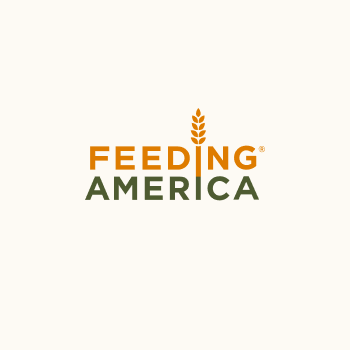Our Response to Hurricane Florence
Hurricane Florence devastated communities across North Carolina and South Carolina. Widespread flooding and power outages left hundreds of thousands of families in desperate need of help. There is no doubt that this storm will impact our neighbors and communities in this region for days and weeks to come.
What’s Happening
On Friday, September 14, Hurricane Florence made landfall as a Category 4 major hurricane – the first major hurricane of the 2018 season. Tragically, more than 30 people have died in storm-related incidents. Hundreds of thousands of people have been impacted, including being displaced, losing power or sustaining damage to their homes. And while the storm may have passed, dangerous flooding continues to force families from their homes. The destruction is not over yet, with rising rivers and flash flood warnings issued to many cities and towns.
How Feeding America is Responding
The Feeding America network of food banks quickly moved water and disaster boxes to those areas with immediate need. At this time, we have secured more than 2 million pounds of food for the affected communities. We are working closely with government and disaster-relief partners to access more resources for struggling communities. To date, four Feeding America food banks have been the most impacted by Florence:
- Harvest Hope Food Bank (Columbia, SC)
- Food Bank of Central and Eastern North Carolina (Raleigh, NC)
- Lowcountry Food Bank (Charleston, SC)
- Second Harvest Food Bank of Southeast North Carolina (Fayetteville, NC)
On Thursday and Friday of this week, Lowcountry Food Bank held their first food distributions since the storm hit. The disaster relief boxes provided to people at those distributions contained rice, whole grain mac and cheese, canned meat, canned beans, canned vegetables, canned fruit, fruit cups, peanut butter, water, paper products, cleaning supplies and baby diapers. There was also a selection of fresh produce including apples, sweet potatoes, onions, cucumbers, bell peppers, and eggplant. During disasters food banks come together from near and far to support one and other. And this disaster is no different. Food banks from the surrounding areas and as far as Houston have offered food, supplies and manpower to help meet the increased need.
Three Ways You Can Help
1. Donating funds is the most efficient, cost-effective and environmentally-friendly way to help families affected by the disaster. Financial donations offer the most flexibility to get the most-needed resources. Your donation puts experienced disaster responders on the ground to help survivors recover. Monetary donations allow organizations to:
- Purchase food, water, medicine, and equipment from secure and familiar supply chains
- Buy materials locally to help rebuild the local economy
- Conserve resources. Money is always necessary and cheap to send, but the cost to ship material supplies can be expensive.
Food drives outside of impacted areas are not recommended because they are costly and require additional staff to sort or deliver food. Please do not donate material supplies such as used clothing, miscellaneous household items, and mixed or perishable food.
2. Contact your local food bank and ask them how you can help.























